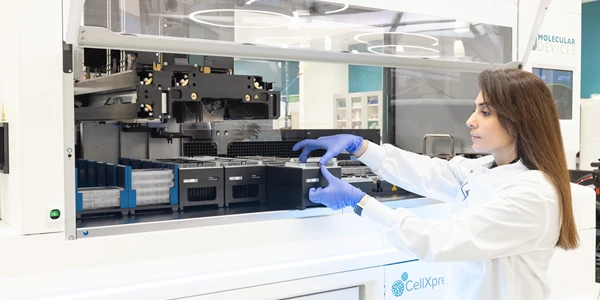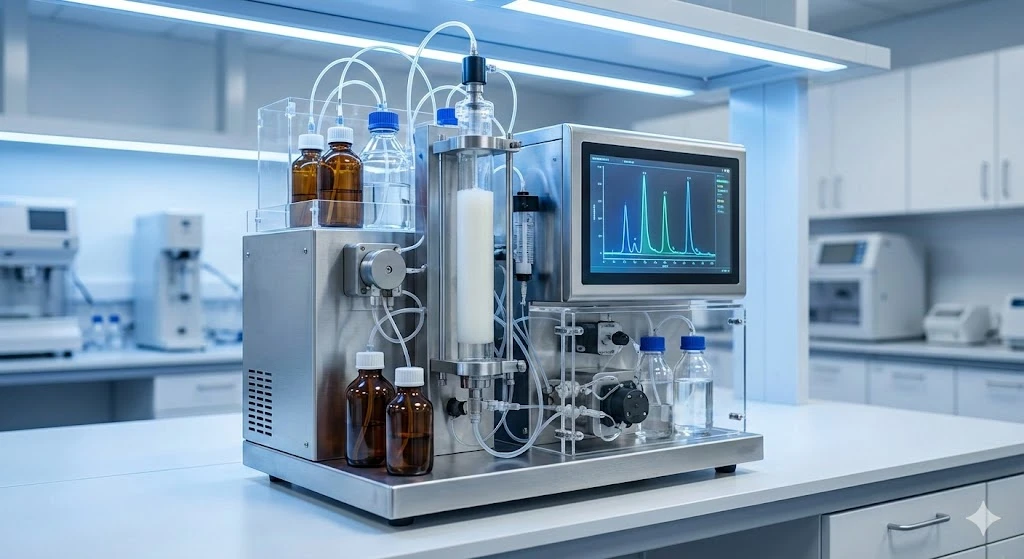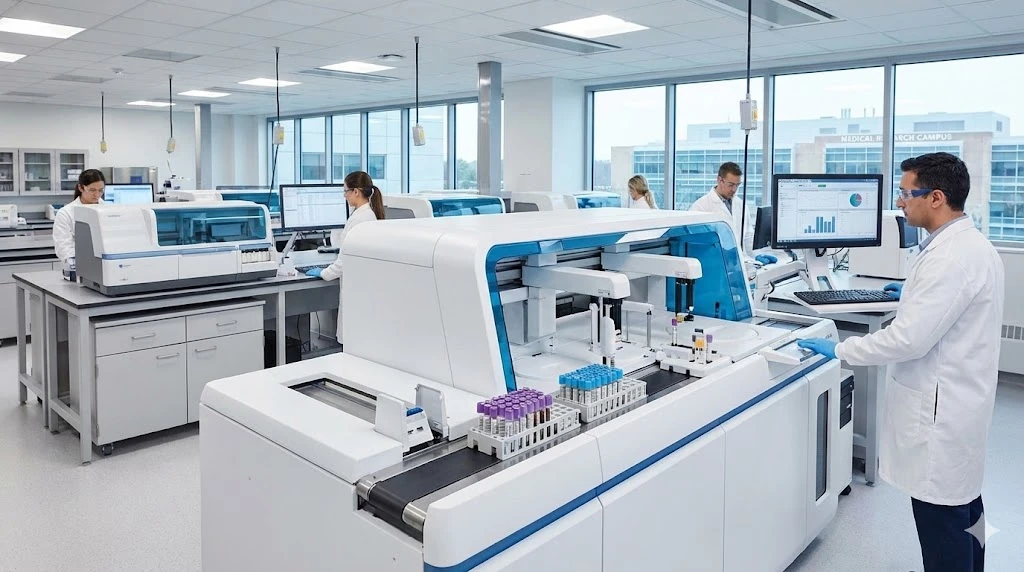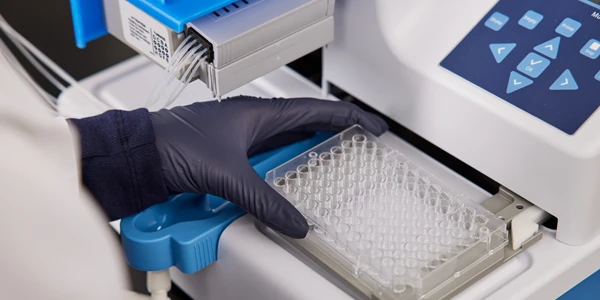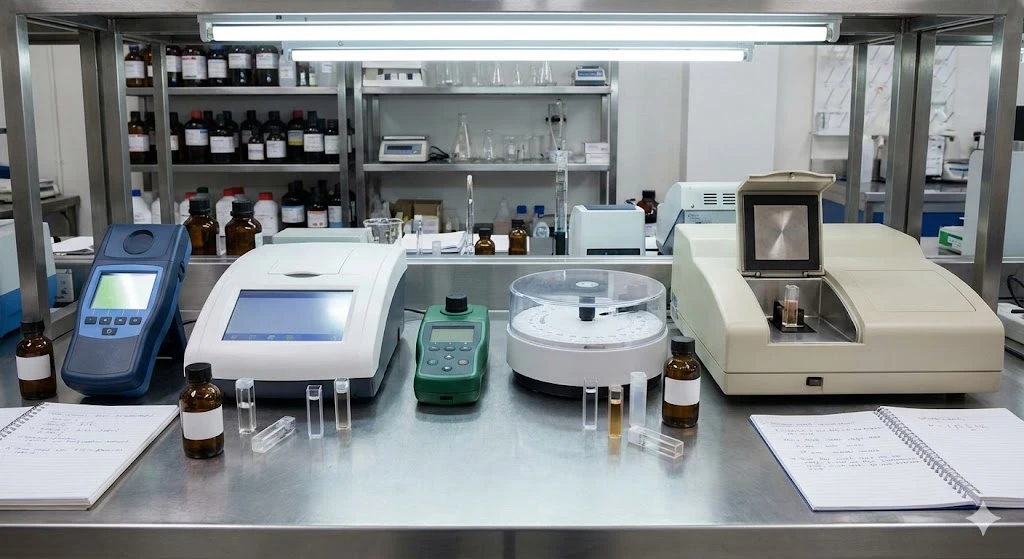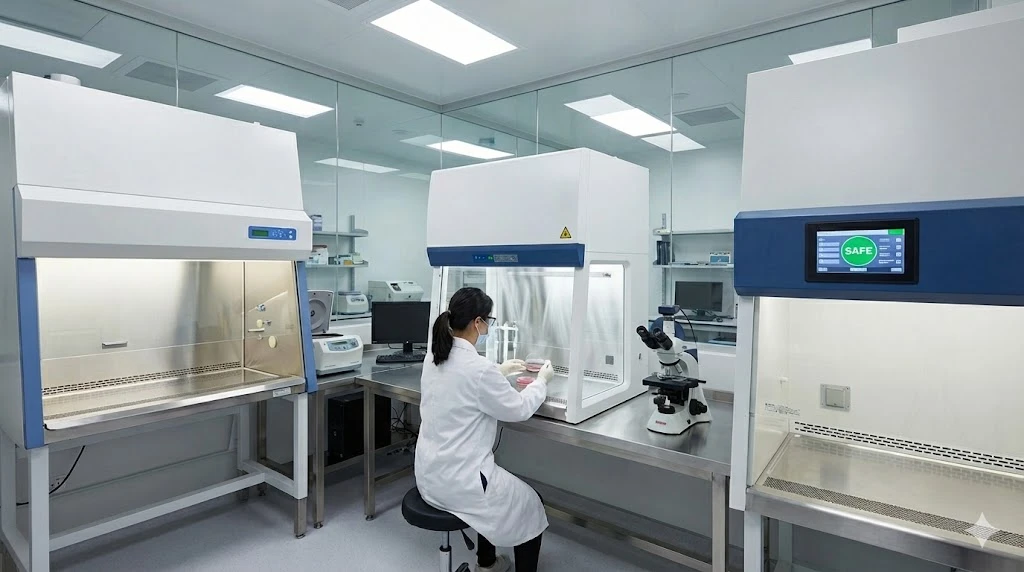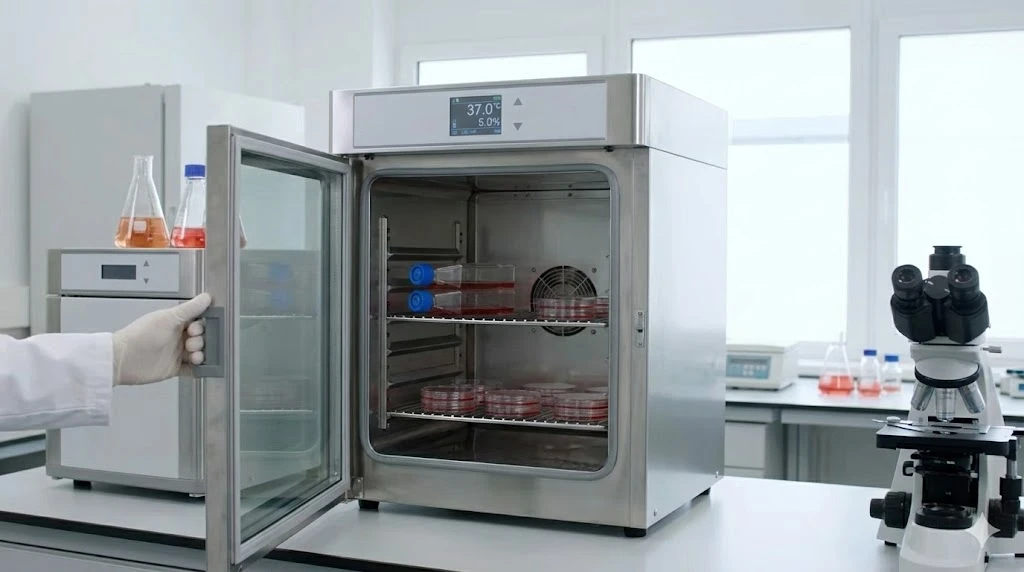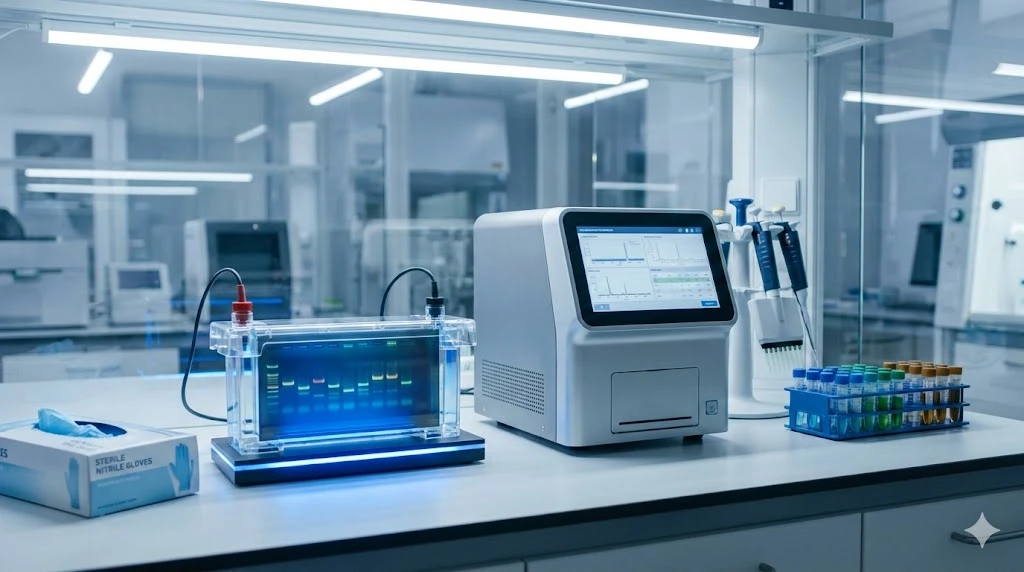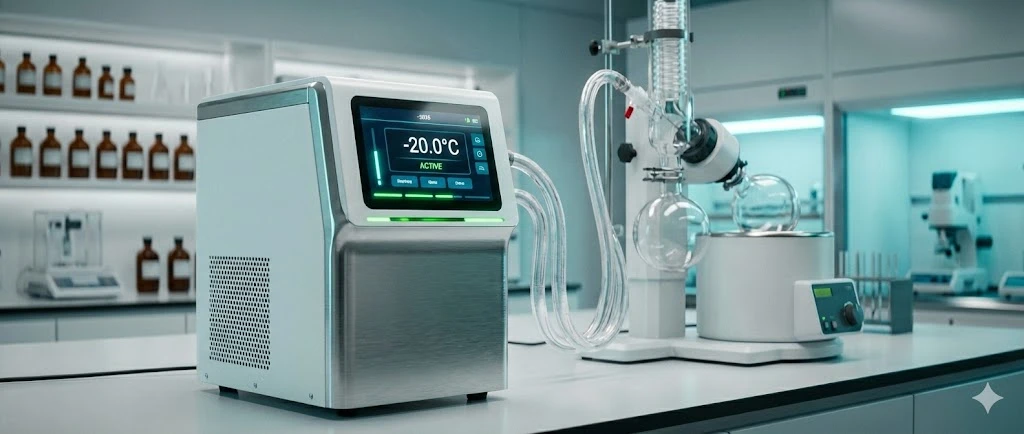3 Mass Spectrometry Trends to Drive Omics Data Enhancement through Hybrid Technologies
Challenges of high-resolution high-accuracy MS
Without a doubt one of the biggest challenges in biological mass spectrometry is extracting high-resolution, high-accuracy data from complex matrices and sample sets.
Proteomics sample fractionation
- Over the years, much effort has gone into sample fractionation strategies to extract as much information as possible.
- These strategies have sought to produce fractionated, deconvoluted material from which mass spectrometry instrumentation can detect and analyze important biological information.
Proteomics data analysis
- An impressive level of mass spec innovation has gone into capturing as much data as possible -- analyzing and producing actionable peptide/protein identifications for proteomics investigations.
- These advancements overall have served the areas of biomarker discovery, imaging, metabolomics, and others.
- Challenges remain, however, in the areas of multi-biomarker panel validation, high-resolution imaging, and high-content metabolomics – areas which involve high-resolution, high-accuracy analysis of multiple analytes simultaneously, in chemically dense sample sets, often involving large sample cohorts.
Advanced proteomics platforms and hybrid technologies
Several new and evolving technologies aim to leverage complementary, hybrid approaches in providing answers to some of the most technically demanding questions.
Parallel Reaction Monitoring
Parallel Reaction Monitoring (PRM) was pioneered as a targeted proteomics workflow for the analysis of biomarkers, pathways, protein interactions and other applications. Targeted proteomics differs from discovery proteomics in that previously identified or known markers are measured with high-precision in complex native backgrounds such as biofluids, cell extracts, and tissue samples.
The goal is high-resolution, high-accuracy quantitation of known targets in biologically relevant scenarios – such as diagnostics, pathways analysis, drug discovery, toxicology, and others.
PRM is an evolution from the traditional single reaction monitoring (SRM) and multiple reaction monitoring (MRM), as the latter techniques use sequential quadrupoles to select, fragment, and measure a relatively narrow window of peptides at modest resolution.
PRM involves a tandem quadrupole/ion trap setup, such as a dual quadrupole/orbitrap instrument, which allows high-resolution analysis of a broader selection window and collection of full-scan peptide data. From this high-resolution data, a comprehensive set of targeted peptides are identified and quantitated, thereby producing actionable information regarding biological events across a wider range.
DESI FT-ICR MS imaging
A next-generation approach to enable increased throughput and ultra-high mass resolution for imaging applications has recently been described. The technique utilizes DESI-MSI (desorption electrospray ionization-mass spectrometry imaging) in concert with FT-ICR MS (fourier transform ion cyclotron resonance mass spectrometry), along with an integrated data acquisition and processing pipeline.
DESI-MSI is regarded as a powerful imaging technique for analysis of complex surfaces. A beauty of DESI is samples can be analyzed by direct surface ionization under open atmospheric conditions. The complexities of molecular identity in dense sample backgrounds, however, can be challenging for DESI and mass spec imaging in general.
FT-ICR MS offers vastly superior mass accuracy and mass resolving power, however, the technique has low to moderate throughput and requires extensive sample workup, thus limiting its utility for data intensive applications.
The presented technology integrates:
- Parallel ion accumulation and detection
- Post-processing absorption mode Fourier transform
- Pixel-by-pixel internal re-calibration.
Although technically intensive, the approach is attributed with:
- Enhanced mass resolution of up to 1 TB imaging samples with no cost in experimental time
- Up to 4-fold gains in throughput with no loss in mass resolution
- The ability to achieve ultra-high (1 M) mass resolution in complex backgrounds, such as brain tissue imaging and challenging lipidomics investigations
Hybrid NMR MS metabolomics
Metabolomic experiments typically make use of either mass spec or nuclear magnetic resonance (NMR) as tools to detect analytes in biological tissue and samples.
NMR benefits from minimal sample preparation without the need for chromatography, while detecting analytes by multiple means in readily quantifiable way. The technique is hindered, however, by limits of detection (LOD) in the micromolar range, thereby precluding low-abundant analyte measurements.
Mass spectrometry on the other hand can detect multiple analytes at low femtomalor to attomolar concentrations with high mass resolution and mass range. The technique, however, is challenged by ion suppression, loss of quantitative power, and often the need for rigorous sample fractionation.
An evolving hybrid approach makes use of these two complementary techniques together -- to improve the overall quality and coverage for advanced metabolomics experiments.
As an example, the initial identification and quantitation of metabolites with similar structures and chemical shifts can be accomplished by NMR. Database searching of NMR spectra can generate metabolite candidates. Subsequent targeted analysis by mass spec can then resolve subtle differences, such as phosphorylation, methylation, or other post-translational modifications.
The reach and coverage of metabolomic profiling will benefit from advancements in this synergistic approach.
Outlook
The three trends described above may enable more complete biomarker panel validation, greater coverage in complex metabolomics areas such as lipidomics, and ultra high-resolution imaging of complex tissues such as brain. Disease research, diagnostics, and molecular medicine in general may all claim victory at the hands of hybrid technology innovation. We’re eager to see what come into view this year and beyond.
